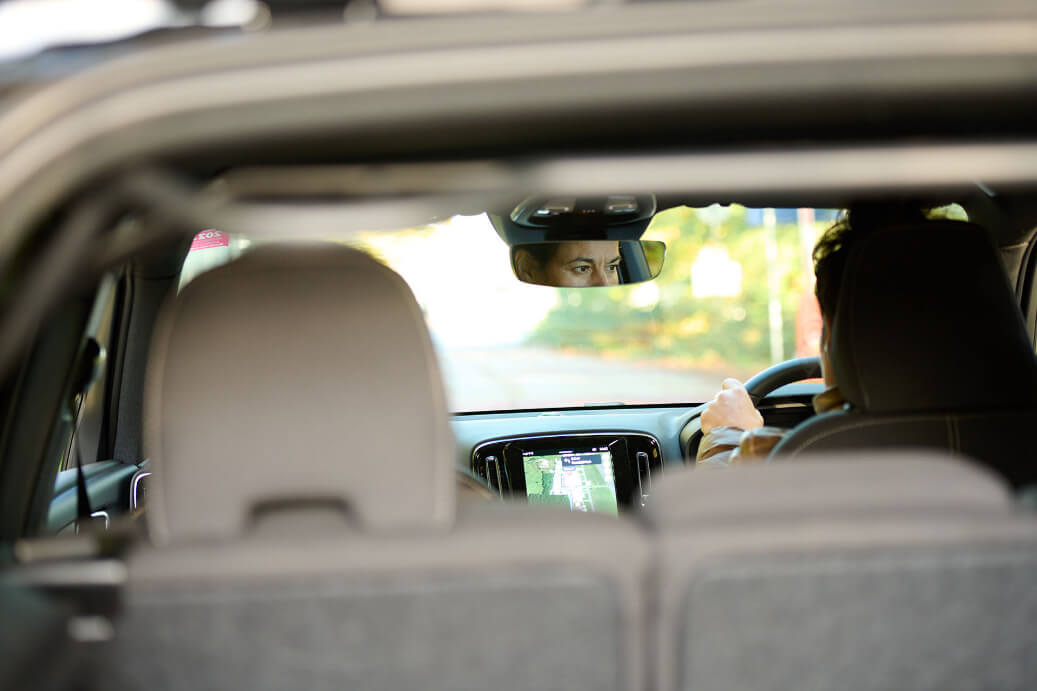When your job involves being on the road, good speed management plays an important part in getting from A to B safely
Drive too fast for the prevailing conditions – and this could impact on your ability to react to hazards or to stop when needed.
In the following hypothetical examples, one of our highly experienced trainers, Ravi Asi, explains why drivers should recognise and apply the speed limit and deploy good speed management.
- A woman driving too fast into a left-hand bend is met with a flock of sheep around the corner. She brakes sharply and her vehicle swerves and mounts the kerb. A driver in this situation should slow down well before approaching the bend and choose the correct gear, anticipating a potential hazard around the corner. Ravi says: “Always drive at a speed that will allow you to stop well within the distance you can see to be clear.”
- A man driving too fast in heavy rain brakes sharply when traffic suddenly slows down ahead. His vehicle’s ABS is activated and aggressively jolts to a stop, narrowly avoiding the car in front. A driver faced with this situation should drive at a speed suitable for the conditions and maintain a minimum two-second time gap behind the vehicle in front – and this gap should be doubled in poor weather conditions. Ravi says: “Only a fool breaks the two-second rule.”
- A woman drives on a clear, straight road on a housing estate with a few parked cars and pedestrians. Suddenly, a dog on an extendable lead runs out onto the road. In this situation, the woman was driving too fast for the conditions. When a driver spots a potential hazard, they should cover the brake pedal immediately and not at the last second. Ravi says: “Even on clear, straight roads, we should always think ‘what if’ and be proactive.”
With that in mind, our in-class workshops and on-road coaching will support occupational drivers stay safe and legal – and raise awareness on how to identify and apply the appropriate speed.
For more information, visit our Driver Education and Coaching page or call 03330 113 113.

